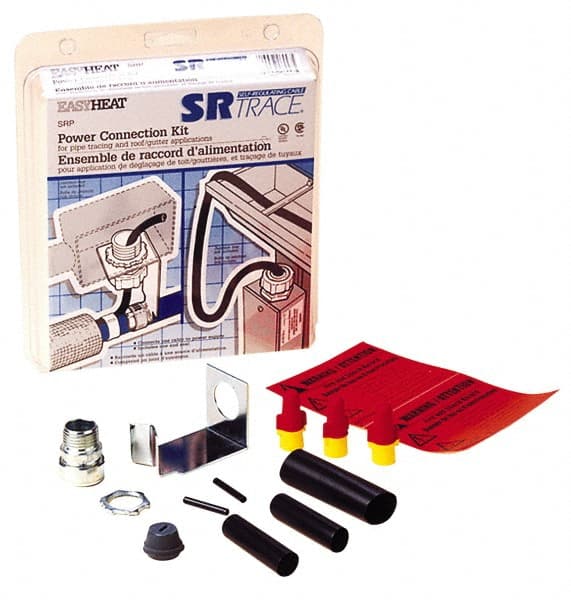
Variable output heaters are referred to as ‘self-limiting,’ ‘self-regulating,’ ‘variable resistance’ or ‘power-limiting.’ In all cases the output varies with the temperature of the heater as the temperature increases the output decreases. Fixed output heaters are referred to as ‘constant wattage,’ the output does not vary with temperature. Output Characteristics: The output of the heater will be either fixed or variable. Each heater will have its own performance and application limitations. Electric heat tracers can be categorized by several factors: output characteristics, the ability to cut-to-length, and temperature limits.
#HEAT CABLE CODE#
There are also a host of safety issues related to electrical code compliance and approvals. Likewise, sample transport systems that are field traced and insulated pose additional problems when compared to a pre-engineered, pre-traced system like O’Brien Analytical Tracepak® and Stackpak™.Įlectric heat trace products come in a wide range of heater types, accessories and temperature control schemes. Many of the specifications in the marketplace today overcompensate for common failures related to poor designs or installation. Heat tracing is required for process and stack gas analyzers to maintain a specific process temperature as well as freeze protection. Consistent temperature maintenance is a critical aspect of the sample transport system, yet its design and installation is often treated without the same care. There are three primary tracing mediums: electric, steam and re-circulated fluids. The weakest link in the sample transport system is often the selection and installation of the heat trace medium and temperature control scheme.
#HEAT CABLE INSTALL#
For example, some people prefer straight lines, while others might install heating cables in a spiral pattern. Then, you’ll also need to figure out the pattern in which you’d like to install them on your roof. First, you need to figure out how much of your roof’s surface, gutters, downspouts, and pipes you’d like to cover with the heat cable. To do that, you need to figure out two things.

Length: First of all, you need to make sure that you choose a heat cable that’s the right length. So, now that you’ve seen six of the best heat cables for roofs and gutters, how do you pick the best one for your home? Here are a few things to consider: That way, it’ll never move over time and heat will always distribute evenly over your roof’s surface. All you have to do is lay the cable out over your roof and gutters evenly, and then clip it in place.

Inside the package, it comes with shingle clips and spacers for an even easier installation. Meaning you won’t have to touch it up close just to figure out if it’s working. The plug includes an indicator light that’ll tell you whenever there’s power going through the cable to generate heat. The kit itself generates about 500W worth of heat. Once it’s set up, it’ll keep ice dams from forming, allowing water to flow naturally through your gutters and downspouts. The Roof & Gutter de-icing kit by Prime Wire & Cable is specially designed to work on inclined, tab-shingle roofs, downspouts and gutters.


 0 kommentar(er)
0 kommentar(er)
